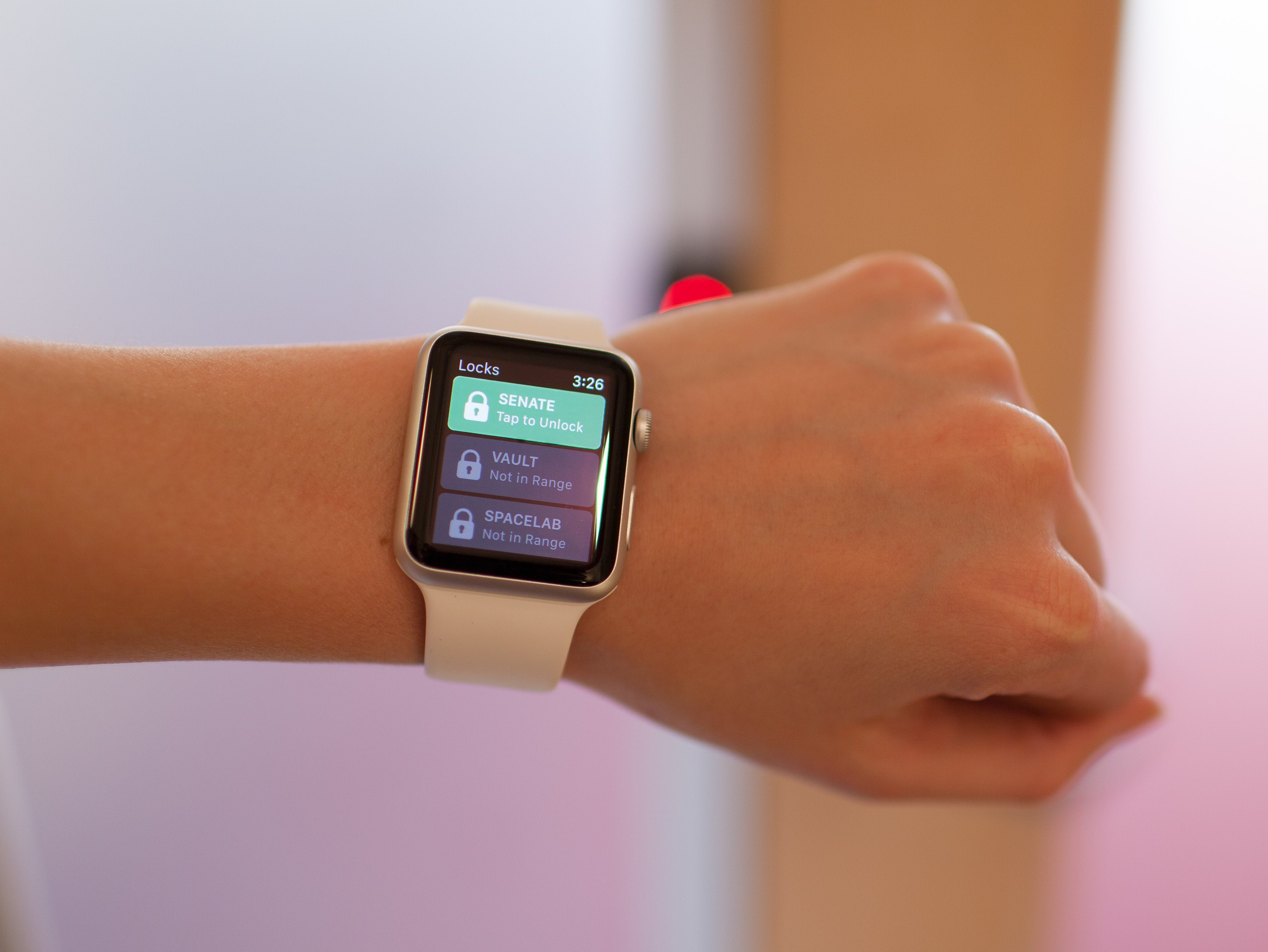
Apple Watch: The Keys to the Future
The Apple Watch has become one of the most misunderstood products we’ve seen from any consumer electronics company in quite some time. Almost everyday, people question its existence and whether it’s a product they’ll ever use. “My smartphone already does this” is a phrase constantly used by many who both read and cover the wearable’s space.
What is going to convince people to wear a device on their wrist for perhaps the first time? Is it Notifications? Getting a text on my wrist is nice, but does it truly necessitate a $400-1000+ Watch? Glanceable info such as the weather and my next meeting is great, but again, is that enough? For some, there’s no doubt it will be. But is it enough for enough? That’s hard to say.
Health seems like an obvious candidate. The Apple Watch is already capable of reading my heart rate as well as tracking my physical activity. I’ve heard countless people express their love for this feature, especially when paired with Apple’s Health app, which provides a small dashboard of their daily activity.
To me, Health is obvious, but still not enough today because other companies such as Fitbit and Jawbone are in this space (albeit their sensors are certainly not on par with Apple’s proprietary solution). If the Apple Watch is going to succeed, it cannot completely hinge itself on just the health aspect. If the Apple Watch is going to succeed, I believe it needs to replace one major thing you carry with you everyday.
No, not your iPhone. Your keys!
Think about what’s on your keychain. For many of us, it consists of three or four semi-sharp metal objects that have been cut to fit into a special hole. It also consists of mini-cards, perhaps for your local grocery store or maybe your gym membership. Finally, for some of us, it includes some sort of key fob or electronic door opening device for a garage, gate, and so on.

The typical set of keys.
All these things wrap around a single metal band that uncomfortably occupies space in our pockets, bags, and purses. How much time have we wasted looking for these items because we hate carrying them around? How many smartphone screens have we scratched with those unforgiving shards of steel? This is exactly the sort of thing that can be fixed. And the Watch is the perfect product for that.
Of course, this is no easy task because the Watch will only act as the key to unlock the lock, not the lock itself. It’s going to take efforts from manufacturers to push the technology that allows homes, cars, and other lockable devices to be unlocked by just knowing that you’re there.
The biggest pushback I get when presenting these ideas is that the smartphone will be capable of doing this, so why buy a Watch? Well, that argument can easily be dismantled by replying with “Why do we expect all new cars to come with keyless entry, even though we’re walking up to the car anyways?” The answer, of course, is convenience.
Because the Watch sits on your wrist, not occupying either of your hands, you’d be surprised at how much this makes your life simpler, at least insofar as the routine minutiae. Imagine walking up to your home with a child in your arms (or perhaps a bag of groceries — takeout if you’re a bachelor) and needing to unlock your door. Do you really want to put your child or groceries or General Tso’s and fried rice down so that you can fish out your keys? Taken further, do you really want to pull out your expensive, most beloved computer from your pocket, exposing it to the possibility of breaking because it accidentally slips out of your already overloaded hands? The smartphone may offer the convenience of putting all your keys in a single device, but it’s actually a step backwards when it comes to ruggedness and quickness (given the current wearable opportunities, at least). This is why the wrist is so powerful. Its form is its function, as Mark Miller so eloquently says.
This is one of the few major earth-swell arenas where the Watch is actually headed. Sure, it will be capable of doing many other things, things like giving you a broad understanding of your physical activity or quick hyper-geographical updates. But that stuff can’t be its only job if Apple’s goal is to get it on as many wrists as possible. Like the iPhone, which started as a niche device and grew into a broad and irresistible product, the Watch will have to become more than just a health monitor if it’s going to succeed. I believe that area is keys, where it can potentially become the most secure and accessible authentication product we’ve ever had.
I’ll be speaking at GlanceConf, a conference that takes a deep look at the Apple Watch, on December 10th 2015. If you’re interested in the Apple Watch, I highly suggest you attend this event. Some great minds will be speaking as we all try and unpack what this product means for the future of Apple and our society.